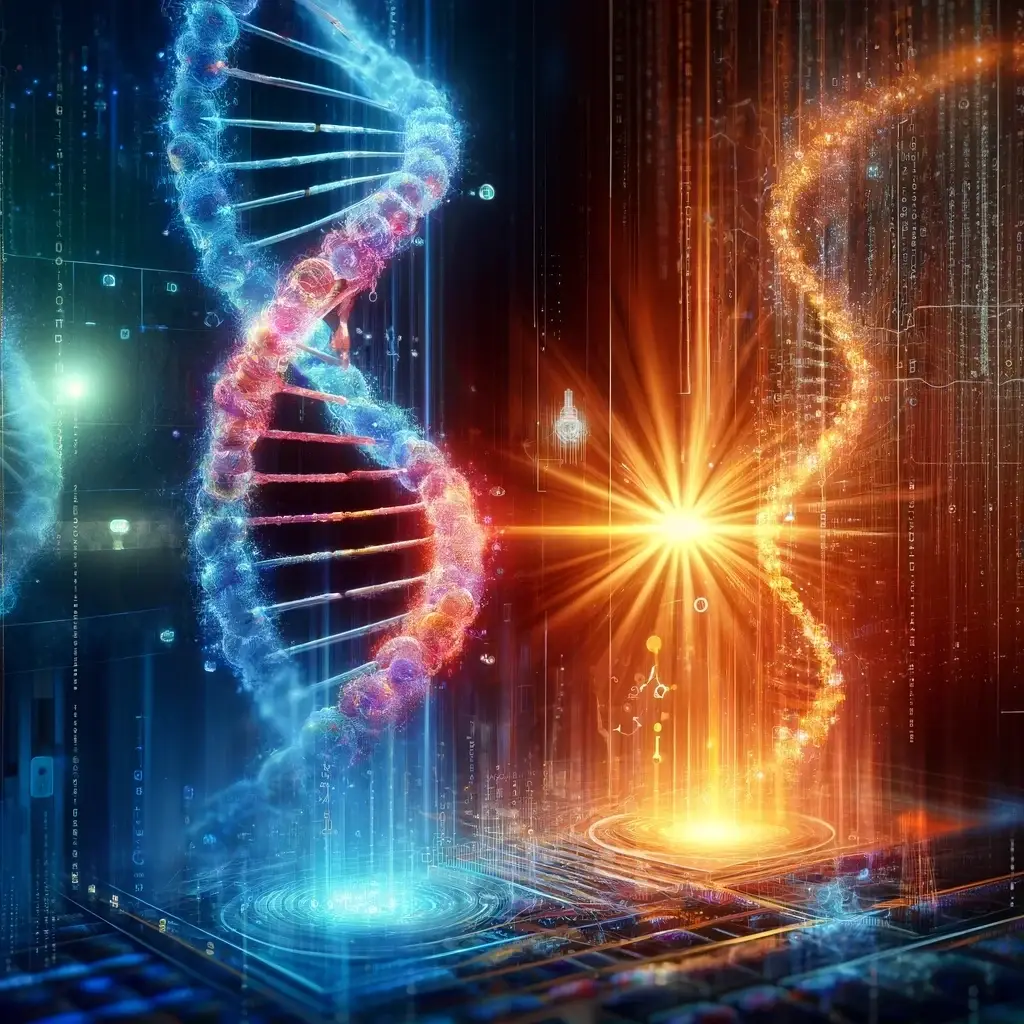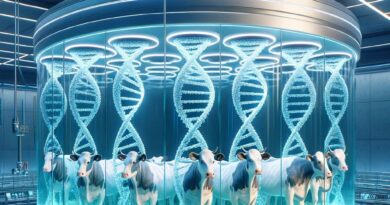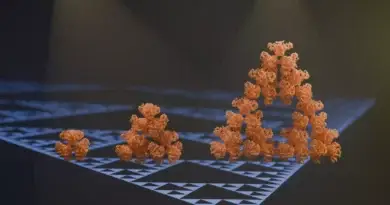R2D Ligase: New Era in Gene Tech

A recent study published in the Biotechnology Journal introduces R2D Ligase, a newly discovered enzyme from Cronobacter phage CR9 that exhibits a unique ability to efficiently ligate DNA to RNA molecules. The research paper, titled “R2D Ligase: Unveiling a Novel DNA Ligase with Surprising DNA-to-RNA Ligation Activity,” highlights the enzyme’s potential to advance gene editing technologies and RNA research by attaching DNA segments to both the 5′ and 3′ ends of RNA—a capability not seen in other commercial ligases.
Unlocking New Pathways in Genetic Research
DNA ligases are essential enzymes that facilitate the joining of nucleic acid strands by forming phosphodiester bonds between adjacent nucleotides. Traditionally, these enzymes have been confined to ligation tasks within DNA repair, molecular cloning, and preparatory work for DNA sequencing. R2D Ligase, however, extends beyond these roles by enabling the attachment of DNA chains to RNA substrates. This novel activity supports intricate biological processes and experimental setups, opening new avenues in molecular biology.
Researchers demonstrated that using R2D Ligase, efficient DNA-RNA ligation can be achieved under various experimental conditions. Notably, the enzyme suppresses non-productive adenylation reactions, especially under lower ATP concentrations. This suppression is beneficial as it ensures that more energy and resources are directed toward productive DNA-RNA ligations, enhancing the overall efficiency of the process.
Potential and Limitations of R2D Ligase
While R2D Ligase shows significant promise, it is important to recognize its current limitations:
- Scope of Application: The enzyme’s efficiency and applicability across different biological and experimental environments require further exploration.
- Need for Broader Testing: Future studies should investigate how R2D Ligase performs under a wider array of conditions and in various biological systems to fully understand its utility and potential constraints.
Despite these challenges, the discovery of R2D Ligase is a noteworthy advancement. It holds potential for:
- RNA Sequencing and microRNA Analysis: Enhancing techniques for analyzing RNA molecules.
- Gene Editing Constructs: Assisting in the preparation of novel constructs, particularly those involving guide RNA-DNA chimeras used in technologies like CRISPR-Cas9.
Implications for Molecular Biology and Therapeutics
For molecular biologists, R2D Ligase opens up new possibilities in genetic manipulation. Its ability to efficiently bridge DNA and RNA molecules could revolutionize how researchers:
- Manipulate Genetic Elements: Facilitating more precise editing and modification of genetic material.
- Develop Therapeutics: Advancing the creation of novel therapies targeting genetic diseases by enabling more sophisticated gene editing strategies.
The introduction of R2D Ligase into the biotechnological toolkit offers exciting prospects across various domains of genetic research and molecular biology. Its unique ability to connect DNA and RNA molecules efficiently heralds new methodologies in understanding and altering genetic material. While further investigations are necessary to fully harness its potential and address any inherent challenges, R2D Ligase stands as a promising tool that could significantly advance genetic research and therapeutic development.
References
- Original Research Paper. R2D Ligase: Unveiling a Novel DNA Ligase with Surprising DNA-to-RNA Ligation Activity. Biotechnology Journal
Keywords
- R2D Ligase, DNA-RNA Ligation, Cronobacter phage CR9, Enzyme Discovery, Molecular Biology, Gene Editing, RNA Research, Ligase Activity, Genetic Engineering, Biotechnology
Disclaimer: The information presented in this article is intended for informational purposes only and reflects current research findings. It should not be considered as professional medical or scientific advice. For detailed information and guidance, please refer to the original research paper or consult a qualified professional in the field.



